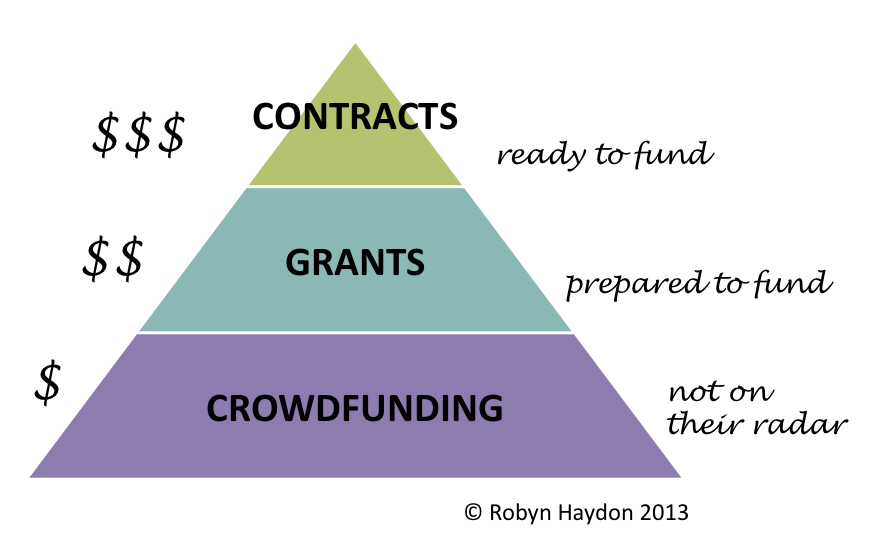When writing a proposal, it can be tempting to ignore the areas where you know you’re going to come up short. What if you have less experience than competitors, or a less than stellar track record with a customer you are desperate to retain? Unfortunately, glossing over the issue isn't going to work.
A study by John Paul MacDuffie of Pennsylvania University, published in the Journal of International Business Studies in 2011, identified three types of trust in business relationships:
1. Contractual trust;
2. Trust in competence, and
3. Goodwill.
Competitive tendering is built on the idea of “contractual trust”. In other words, as a buyer, I trust you if you meet my minimum standards; are prepared to sign a contract that binds you to these standards; and where I have legal redress if you don’t perform.
The other types of trust – competence and goodwill – are harder to establish, because they are based on how you operate on the job. While presenting past performance data does go some way towards establishing trust in your competence, it’s harder to foster goodwill in a proposal, particularly if you have no prior track record with the customer.
But there is a way to do it.
Recently the business media was all hot and bothered about a 22 year old intern from San Diego called Matthew Ross, who the Wall Street investment banking fraternity were falling all over themselves to hire. What was so special about Ross, who was just as inexperienced as the thousands of other American undergraduates that apply for internships? Here is how he sold himself:
"I won't waste your time inflating my credentials, throwing around exaggerated job titles, or feeding you a line of crap about how my past experiences and skill set align perfectly for an investment banking partnership.
The truth is, I have no unbelievably special skills...but I do have a near perfect GPA (grade point average) and will work hard for you. I have no qualms about fetching coffee, shining shoes or picking up laundry, and will work for next to nothing."
A proposal is a lot like a job application. Any time your proposal is not congruent with who you are and what you can do, it’s like an instant red flag that will send the buyer searching for other holes. There's a good chance you will spook them and never know why they suddenly went cold on you.
I know incumbents who have lost business simply because they haven't owned up to problems that are obvious to everyone.
Likewise, I have seen long shots win by being up-front and honest about their shortcomings, and by demonstrating a willingness to work and learn (just like Matthew Ross did).
Selling is a kind of energy exchange; it is always about people and what they believe about you.
Customers will expect you to have the right skills, products and services, but they place a higher value on attitude than you might think.
That’s because nothing is ever perfect. When things go wrong in the job, or the relationship - as they inevitably will - they want to know you're the kind of person they can work with to find a solution.
This is tip no. 2 in my most popular e-book, 10 Easy Ways To Write A Better Proposal Today.


